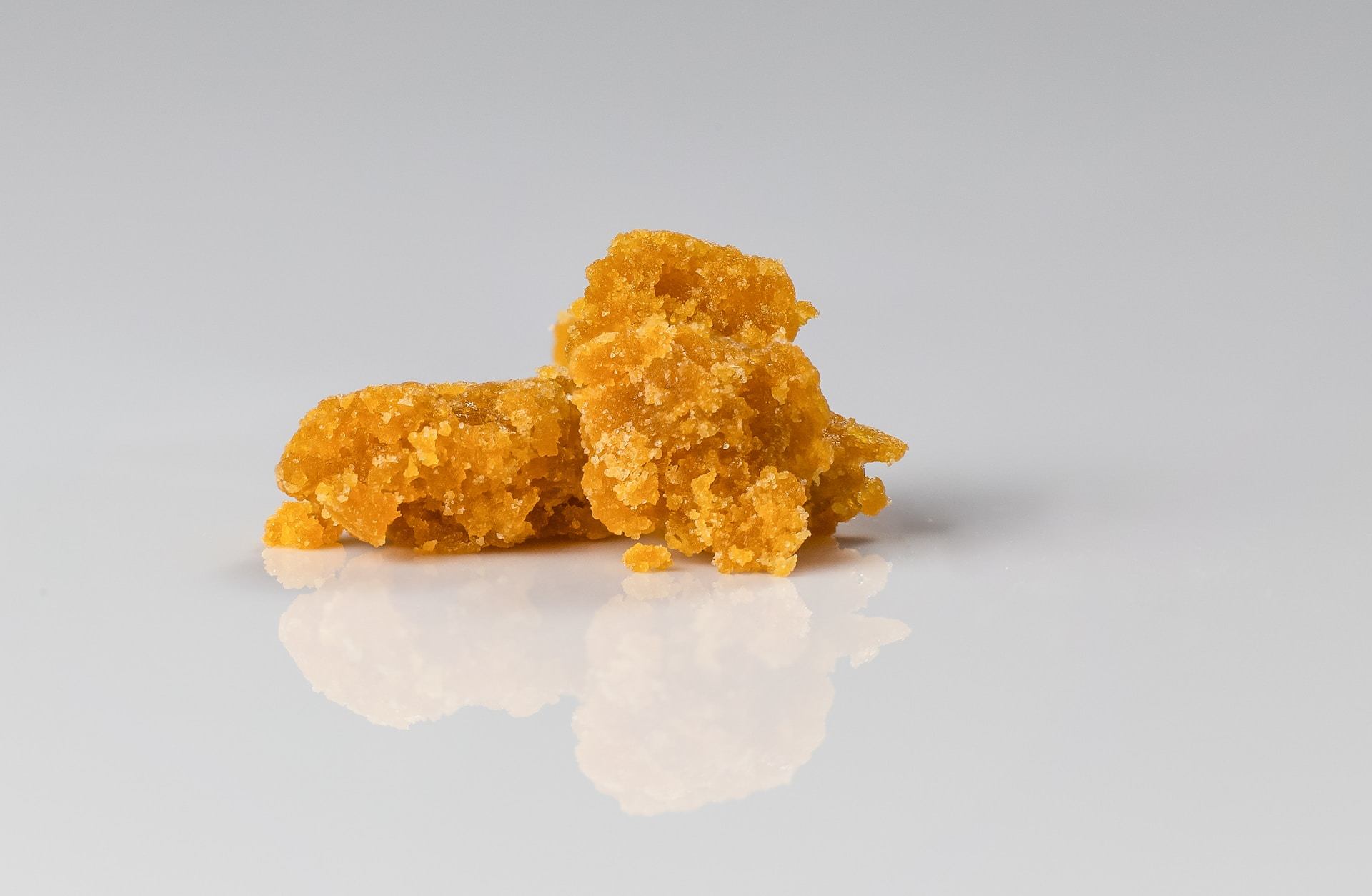The creation of dabs is a meticulous and potentially dangerous process. The core of it involves extracting THC and other cannabinoids from the cannabis plant. This extraction is typically achieved using a solvent like butane or carbon dioxide, which separates the desired substances from the plant material. The result is sticky oils, often yellowish, with different consistencies based on the specifics of the extraction process. These extracts have a variety of names, such as wax, shatter, or budder, based on their appearance.
The potency of dabs lies in their high concentration of THC, sometimes providing up to 80% THC content. This is significantly larger than the 10-25% typically found in traditional cannabis buds. As a result, the effects of using dabs can be much more intense and longer-lasting than other forms of cannabis consumption.
If you need to know “What is a dab”, you can learn more here.
The Effects and Risks of 'Dabs'
When it comes to the effects of dabs, the high concentration of THC ensures a powerful, immediate high. This is one of the factors that make dabs attractive to recreational users. However, this potency comes with potential risks that are important to consider.
One of the foremost concerns is the risk of overconsumption. With such potent THC concentrations, it's easy to ingest a higher dose than intended. This can lead to negative side effects such as paranoia, rapid heartbeat, and blackouts. Furthermore, using dabs can lead to an increased tolerance to cannabis. As tolerance builds, users may consume increasingly higher amounts to reach the desired effects, potentially leading to more severe withdrawal symptoms if usage is stopped or reduced.
The physical risks of dabs extend beyond their effects on the body. The dabbing process involves heating the dab to a very high temperature and inhaling the vapor. This can lead to a risk of burns and even fires if not handled correctly. Similarly, producing dabs, often done at home, involves using volatile substances such as butane. This can be dangerous, as improper handling can lead to explosive accidents.
In addition, because the production of dabs involves extracting THC from the cannabis plant, the process may also concentrate pesticides and other harmful chemicals present in the plant, potentially leading to harmful exposure when these concentrated dabs are consumed.
Health Implications of 'Dabs'
Given the high potency and rapid onset of effects, dabs can also have significant health implications. While some users report enhanced relaxation and euphoria, others report experiences of anxiety and paranoia. The high THC content can lead to more pronounced cognitive impairment and potential mental health issues over time.
It is worth noting that while some medicinal cannabis users may use dabs for their potent effects and rapid onset, the potential for negative side effects and the risks associated with their production and use may outweigh the benefits for many users. Always consult with a healthcare provider before beginning any new treatment or altering an existing treatment regimen.
Conclusion
In the ever-evolving dialogue about cannabis use and its implications, understanding what a 'dab' is becomes crucial. With their potent concentrations of THC and associated risks, Dabs demand our attention for safe and informed consumption practices. While the allure of a potent and fast-acting high can appeal to some, it's vital to understand the potential risks and side effects associated with such potent forms of cannabis.


